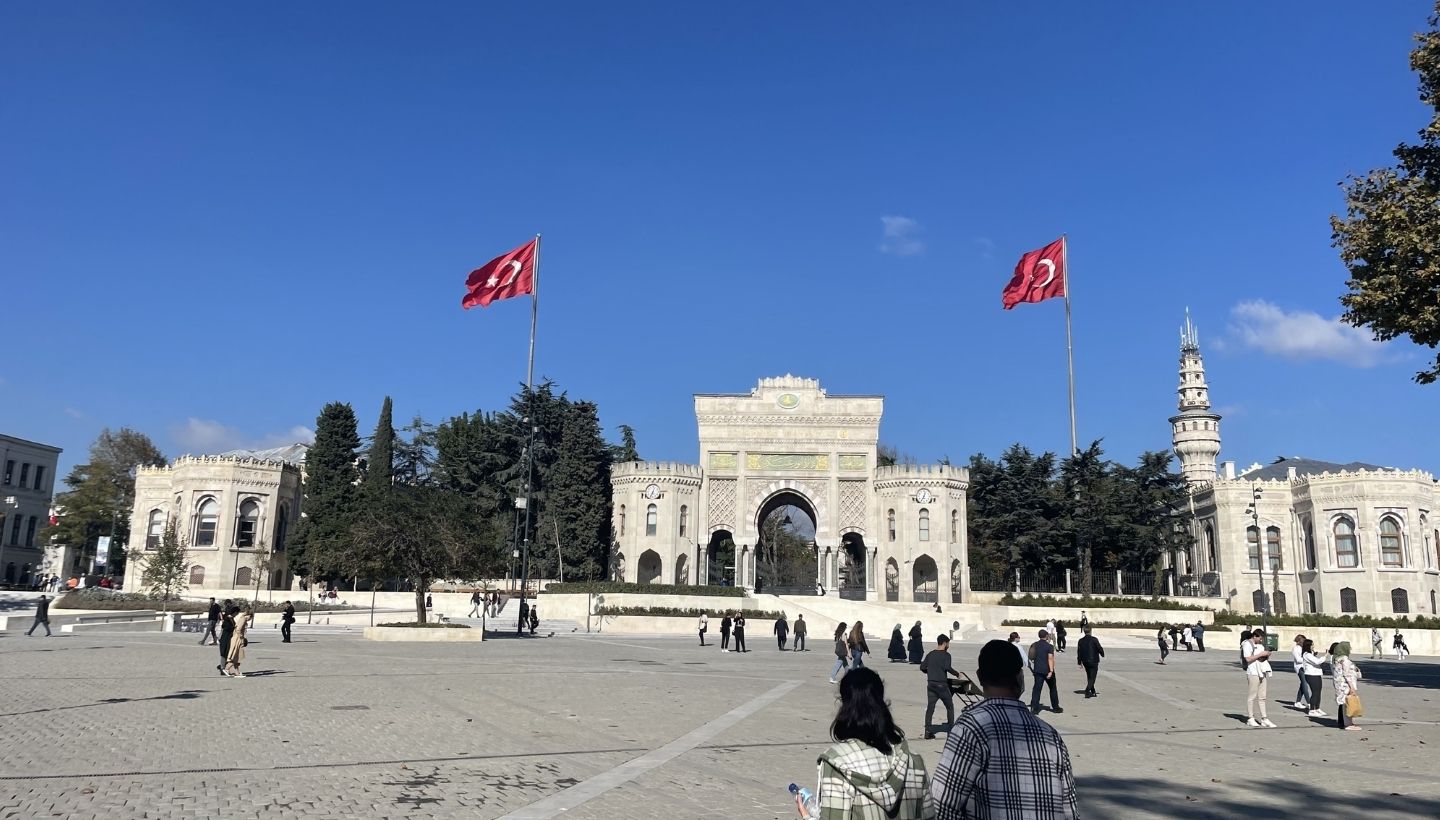Nestled in the heart of Istanbul, Beyazıt is a district steeped in history and culture. This area, which has witnessed the ebb and flow of empires, offers a unique glimpse into the city’s storied past. From its grand mosques to its bustling bazaars, Beyazıt is a living testament to the grandeur and complexity of Istanbul’s history.
The Byzantine Era: Forum of Theodosius
Beyazıt’s history stretches back to the Byzantine era when it was known as the Forum of Theodosius. Established in the late 4th century by Emperor Theodosius I, this public square was a focal point of Byzantine life. It was adorned with monumental statues, columns, and a triumphal arch that celebrated the empire’s victories.
The Forum of Theodosius served as a central meeting place, hosting public ceremonies, political events, and marketplaces. Although much of its original grandeur has been lost to time, the echoes of its past can still be felt in the layout of Beyazıt Square, which remains a significant public space in Istanbul.
The Ottoman Transformation: Beyazıt Mosque and Complex
With the Ottoman conquest of Constantinople in 1453, Beyazıt underwent a dramatic transformation. Sultan Bayezid II commissioned the construction of the Beyazıt Mosque and its surrounding complex in the early 16th century, marking the district’s emergence as an important religious and cultural center.
The Beyazıt Mosque, completed in 1506, is one of the oldest imperial mosques in Istanbul. Its design reflects the architectural transition from Byzantine to Ottoman styles, with a central dome, two minarets, and intricate tilework that exemplifies the artistry of the period. The mosque’s courtyard, surrounded by arcades, is a peaceful retreat from the bustling city outside.
Adjacent to the mosque is the Beyazıt Complex, which includes a medrese (Islamic school), a hammam (bathhouse), and a caravanserai (inn for travelers). These structures served the spiritual, educational, and social needs of the community, making Beyazıt a hub of Ottoman life.
The Grand Bazaar: A Center of Commerce
No discussion of Beyazıt would be complete without mentioning the Grand Bazaar, one of the largest and oldest covered markets in the world. Founded in 1461, the Grand Bazaar has been a center of commerce for centuries, attracting merchants and shoppers from all over the world.
Spanning over 60 streets and housing more than 4,000 shops, the Grand Bazaar is a labyrinth of goods ranging from jewelry and textiles to spices and antiques. The market’s historical significance is matched only by its vibrant atmosphere, where the traditions of bargaining and craftsmanship are still very much alive.
The bazaar’s location in Beyazıt underscores the district’s long-standing role as a commercial hub. Over the centuries, the market has expanded and evolved, but it remains a vital part of Istanbul’s cultural and economic life.
Beyazıt Square: The Heart of the District
Beyazıt Square, the modern successor to the Forum of Theodosius, continues to be a central gathering place in Istanbul. Over the years, it has witnessed countless events, from political rallies to cultural festivals. The square is also home to the monumental Beyazıt Tower, an 85-meter-high watchtower that was originally built as a fire lookout in 1828.
Today, Beyazıt Square is a bustling area surrounded by historical buildings, including the main gate of Istanbul University, which was founded on the site of the former Ottoman Ministry of War. The square’s significance as a meeting place and its proximity to major attractions make it a lively and dynamic part of the city.
Why Visit Beyazıt?
Visiting Beyazıt is like stepping into a chapter of Istanbul’s history book. The district offers a rich tapestry of historical landmarks, from Byzantine ruins to Ottoman masterpieces, each telling a story of the city’s past. Whether you’re exploring the ancient streets of the Grand Bazaar, marveling at the architectural beauty of the Beyazıt Mosque, or simply enjoying the vibrant atmosphere of Beyazıt Square, you’ll find that this area captures the essence of Istanbul’s timeless appeal.
In conclusion, Beyazıt is not just a district – it’s a journey through time. Its historical significance, combined with its enduring cultural and commercial vibrancy, makes it a must-visit destination for anyone interested in the history of Istanbul. So, take a stroll through Beyazıt, immerse yourself in its rich history, and discover the stories that have shaped this fascinating part of the city.





